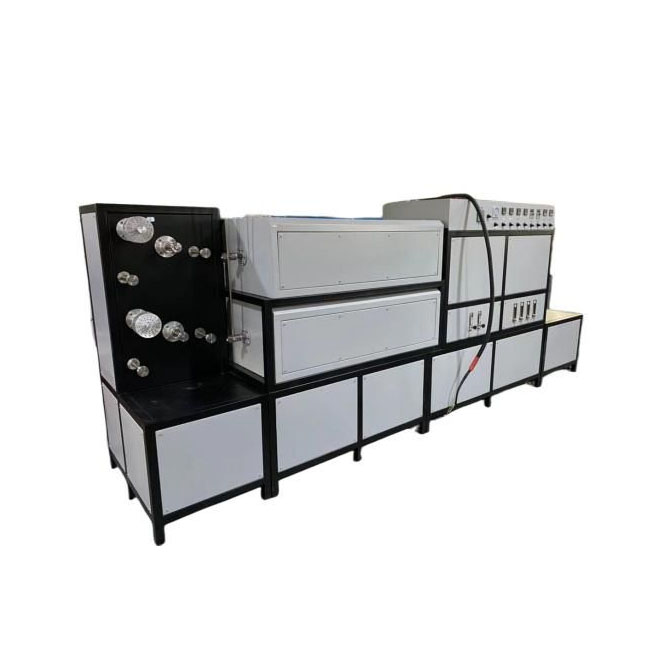Heating Furnace: The Heart of Indoor Comfort
2025-04-10
When the temperature drops and winter settles in, few systems play a more crucial role in home comfort than the heating furnace. Acting as the backbone of most central heating systems, a furnace ensures that indoor spaces remain warm, safe, and livable throughout the colder months. But what exactly is a heating furnace, and why is it such an important part of modern living?
What is a Heating Furnace?
A heating furnace is a device designed to generate heat and distribute it throughout a building. It typically works by burning fuel—such as natural gas, oil, or propane—or by using electricity. The heat produced is then delivered through ductwork and vents, warming rooms evenly and efficiently. Furnaces have been a staple of residential and commercial heating for decades due to their power, reliability, and ability to heat large areas quickly.
How Does It Work?
While there are different types of furnaces, most follow the same basic process. First, the thermostat detects a drop in room temperature and signals the furnace to turn on. The furnace’s burner or heating element then activates, generating heat. A blower fan pushes the warm air through ducts and into various rooms. Once the desired temperature is reached, the furnace shuts off until it is needed again.
Types of Heating Furnaces
There are several common types of heating furnaces, each suited to different needs and energy sources. Gas furnaces are among the most popular, known for their efficiency and cost-effectiveness. Electric furnaces are typically easier to install and maintain but may be more expensive to operate. Oil furnaces are often used in regions without access to natural gas. Each type has its own advantages depending on climate, energy costs, and personal preferences.
Efficiency and Modern Features
Today’s heating furnaces are far more advanced than their older counterparts. High-efficiency models consume less energy while delivering the same or better heat output. Many feature smart thermostats, variable-speed blowers, and sealed combustion chambers that enhance performance and safety. Investing in an energy-efficient furnace not only reduces utility bills but also minimizes environmental impact.
Maintenance Matters
Like any major appliance, a heating furnace requires regular maintenance to operate effectively. This includes changing air filters, checking for leaks or blockages, and inspecting the burner and fan. An annual professional inspection is highly recommended, especially before the heating season begins. Routine care extends the life of the furnace and helps avoid unexpected breakdowns when you need warmth the most.
Final Thoughts
A heating furnace may not be the most glamorous part of a home, but it is certainly one of the most important. It provides comfort, protection, and peace of mind during the coldest times of the year. Whether you're upgrading your current system or learning how to maintain one, understanding how a heating furnace works is essential to staying warm and efficient all winter long.



